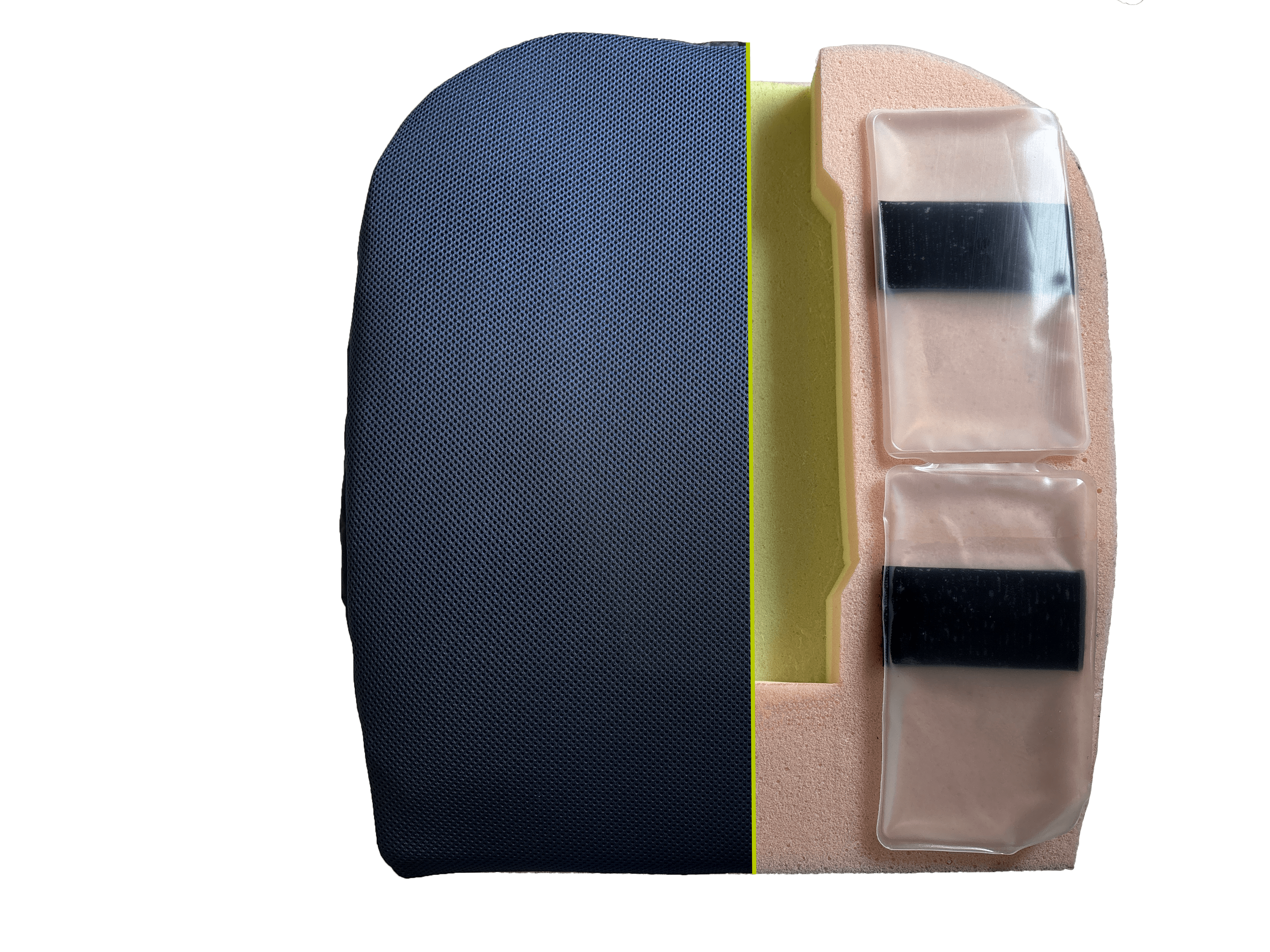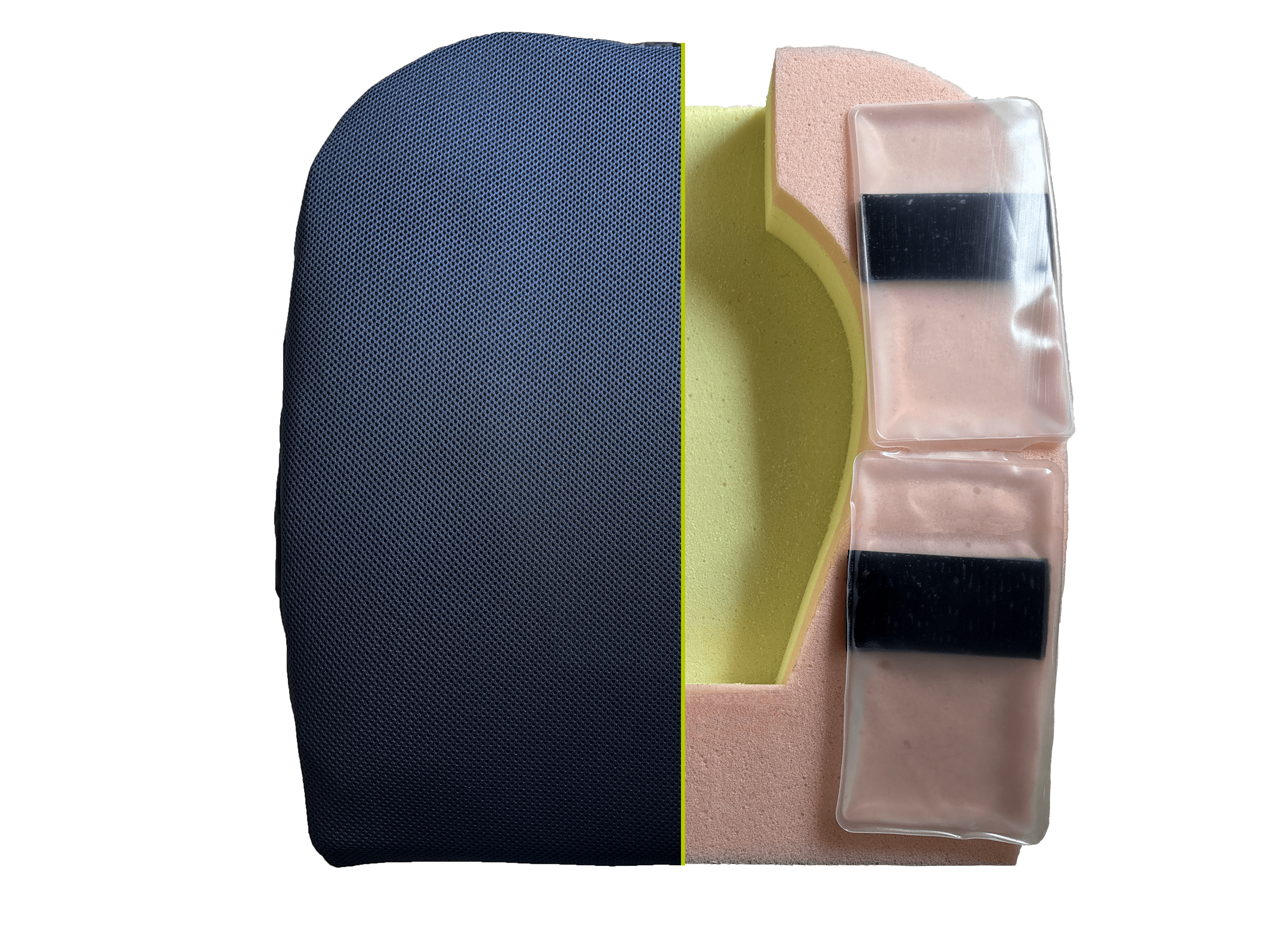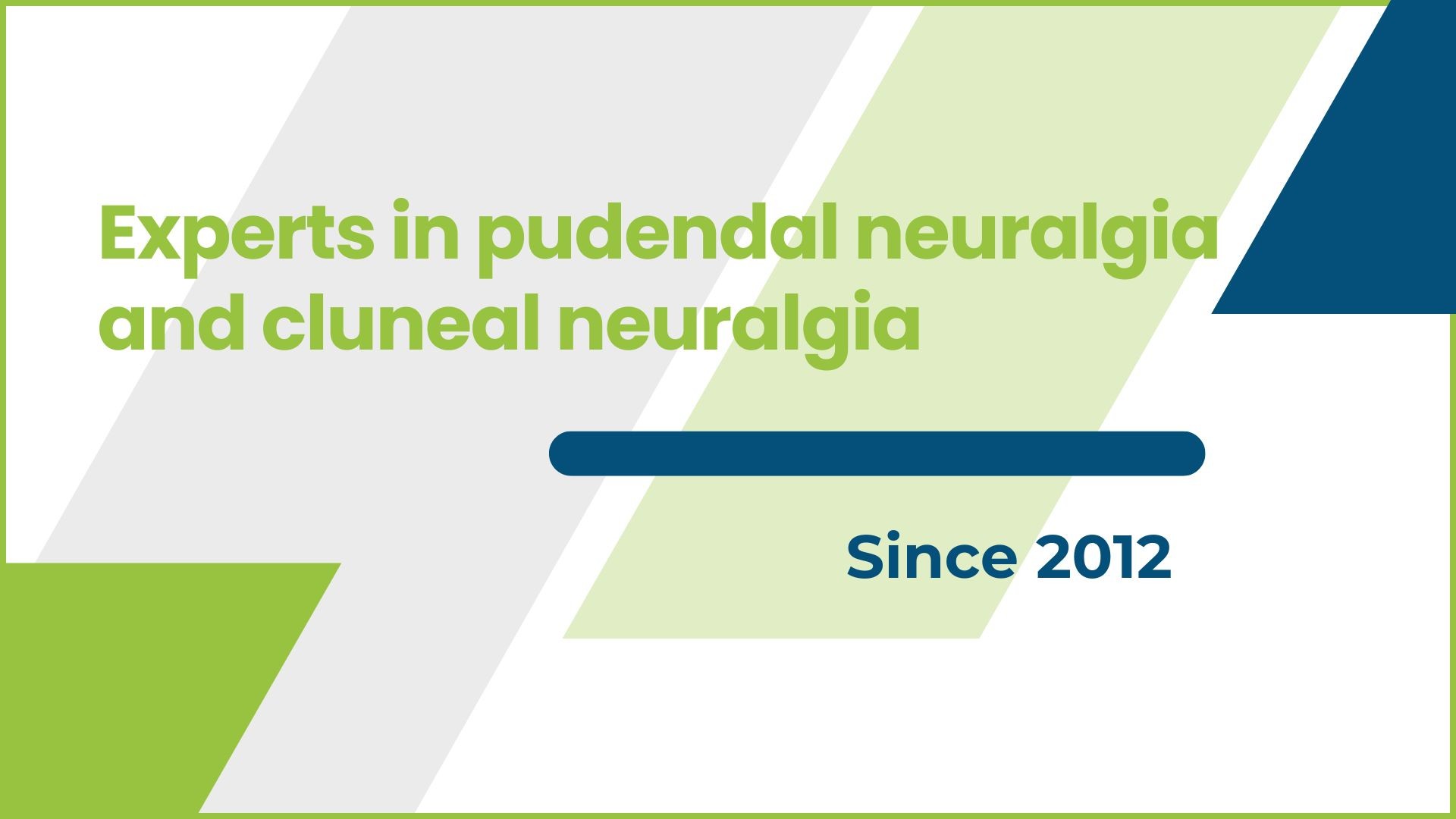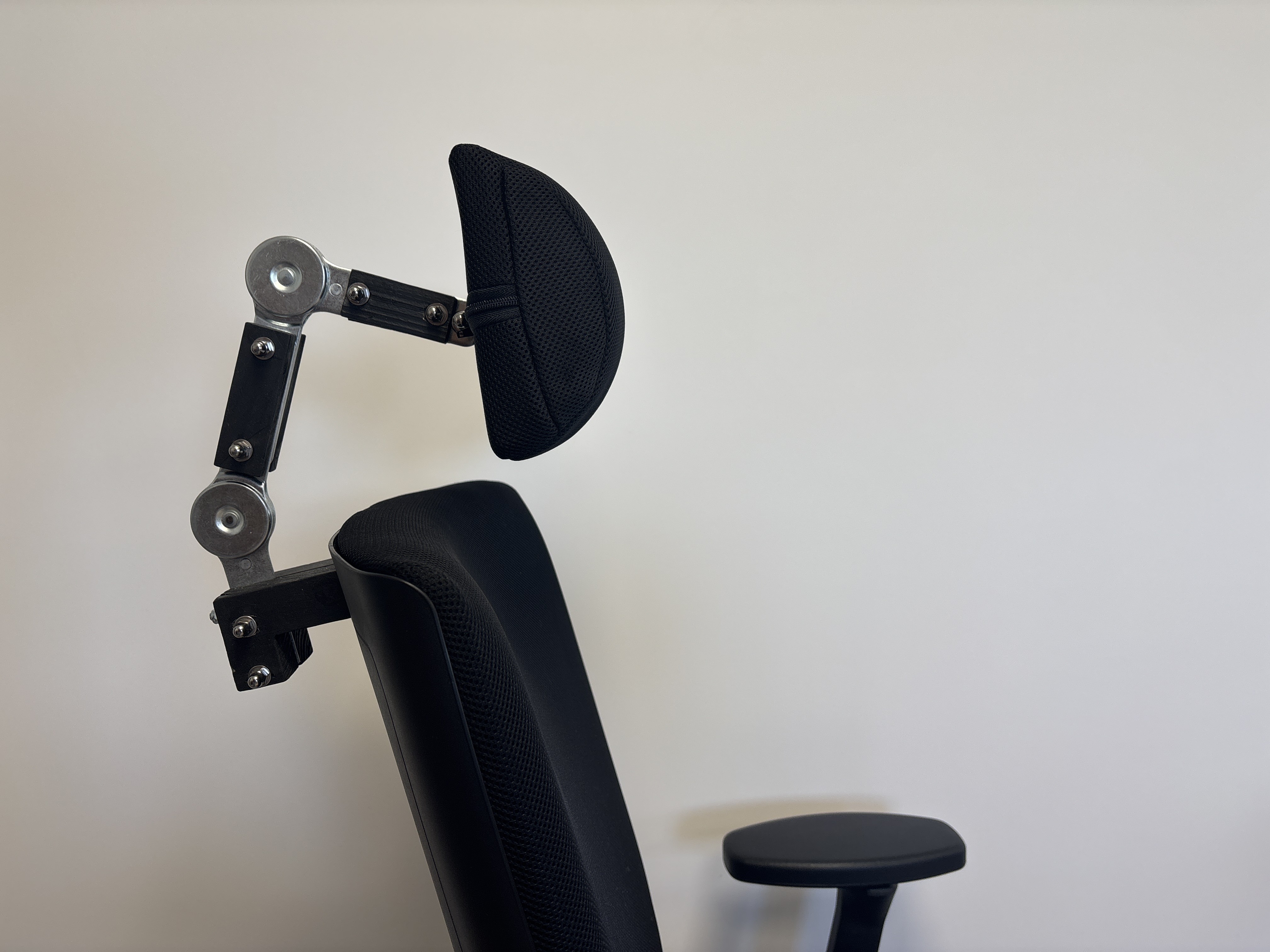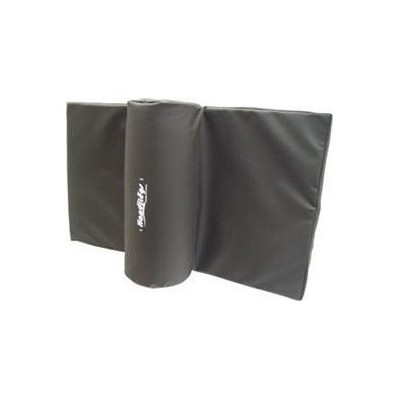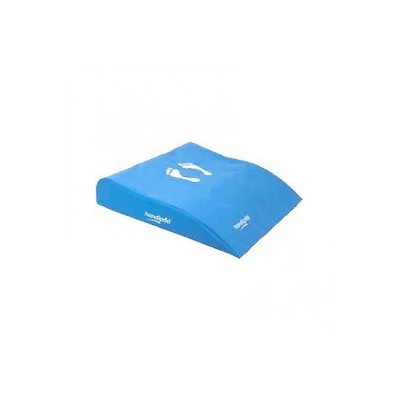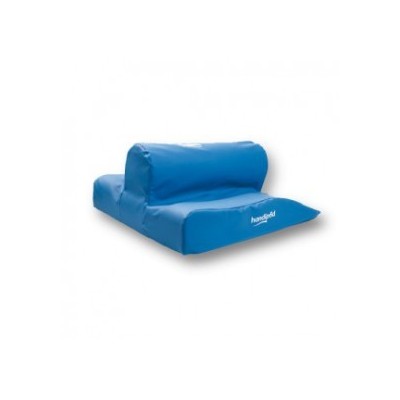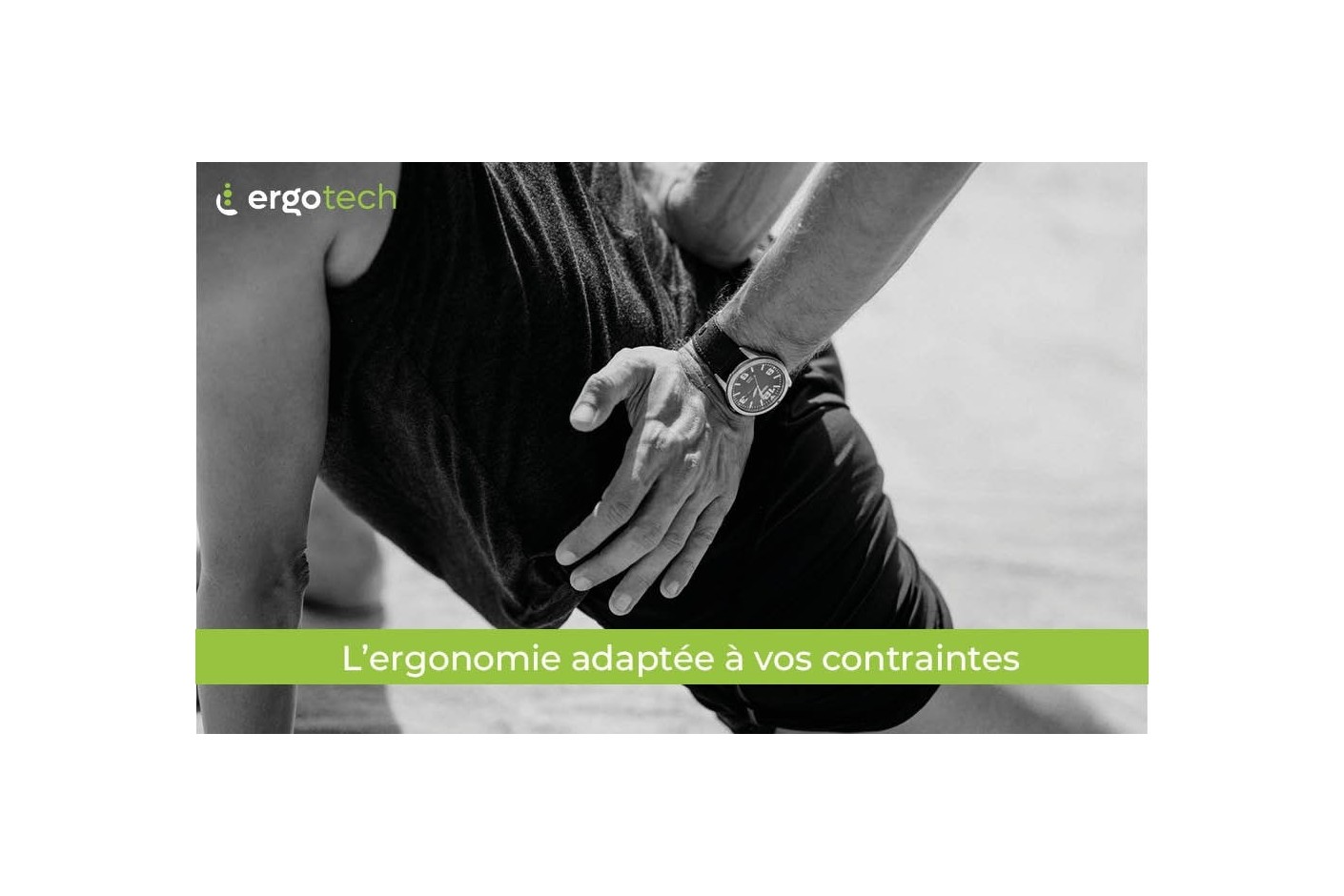
Piriformis Muscle and Pudendal Nerve Pain: What Link?
Pudendal neuralgia, also known as pudendal nerve syndrome, is a chronic pain condition affecting the pudendal nerve, which innervates the perineum, genitals, and anal region. The piriformis muscle is a key anatomical player in posture and hip/thigh movement and may contribute to the onset of pudendal neuralgia.
Discover our pudendal neuralgia seat cushion
Table of Contents
The Role of the Piriformis Muscle
The piriformis muscle is a small deep muscle located in the gluteal region. It originates from the sacrum and attaches to the femur, playing a major role in hip external rotation and pelvic stability. Its close proximity to various nerves—especially the sciatic nerve and the pudendal nerve—makes it a sensitive anatomical area.
When the piriformis muscle is tight, shortened, or in spasm, it may compress or irritate nearby nerve structures. This can lead to what is known as piriformis syndrome, a condition often involved in pelvic pain syndromes.
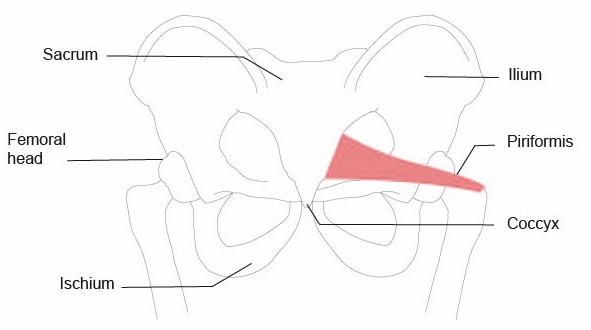
The Pudendal Nerve and Pudendal Nerve Entrapment Syndrome
The pudendal nerve runs from the pelvis to the perineum, passing close to the piriformis muscle and between various ligaments. Compression or irritation along this route may cause severe pain, often described as burning, numbness, or electric-shock sensations. This condition is referred to as pudendal neuralgia.
Pudendal nerve entrapment typically manifests as pain when sitting for long periods, discomfort during walking, and sensory disturbances in the genital and urinary areas.
What’s the Connection Between Piriformis Muscle and Pudendal Neuralgia?
Piriformis syndrome can have a direct impact on the pudendal nerve. Since the pudendal nerve runs beneath the piriformis muscle, any chronic tension or contraction in the muscle can place mechanical pressure on the nerve.
This compression can lead to chronic pelvic pain that are often misdiagnosed at first, as symptoms may appear both in the pelvic and perineal regions. In some cases, pudendal neuralgia is a result of piriformis syndrome.
Therapeutic Approaches to Relieve the Piriformis
Treatment options may include:
- • Specialized rehabilitation (targeted stretching of the piriformis muscle, pelvic physical therapy).
- • Anti-inflammatory medications or guided injections to reduce inflammation and relax the muscle.
- • Myofascial release or manual therapy techniques to relieve muscular tension.



